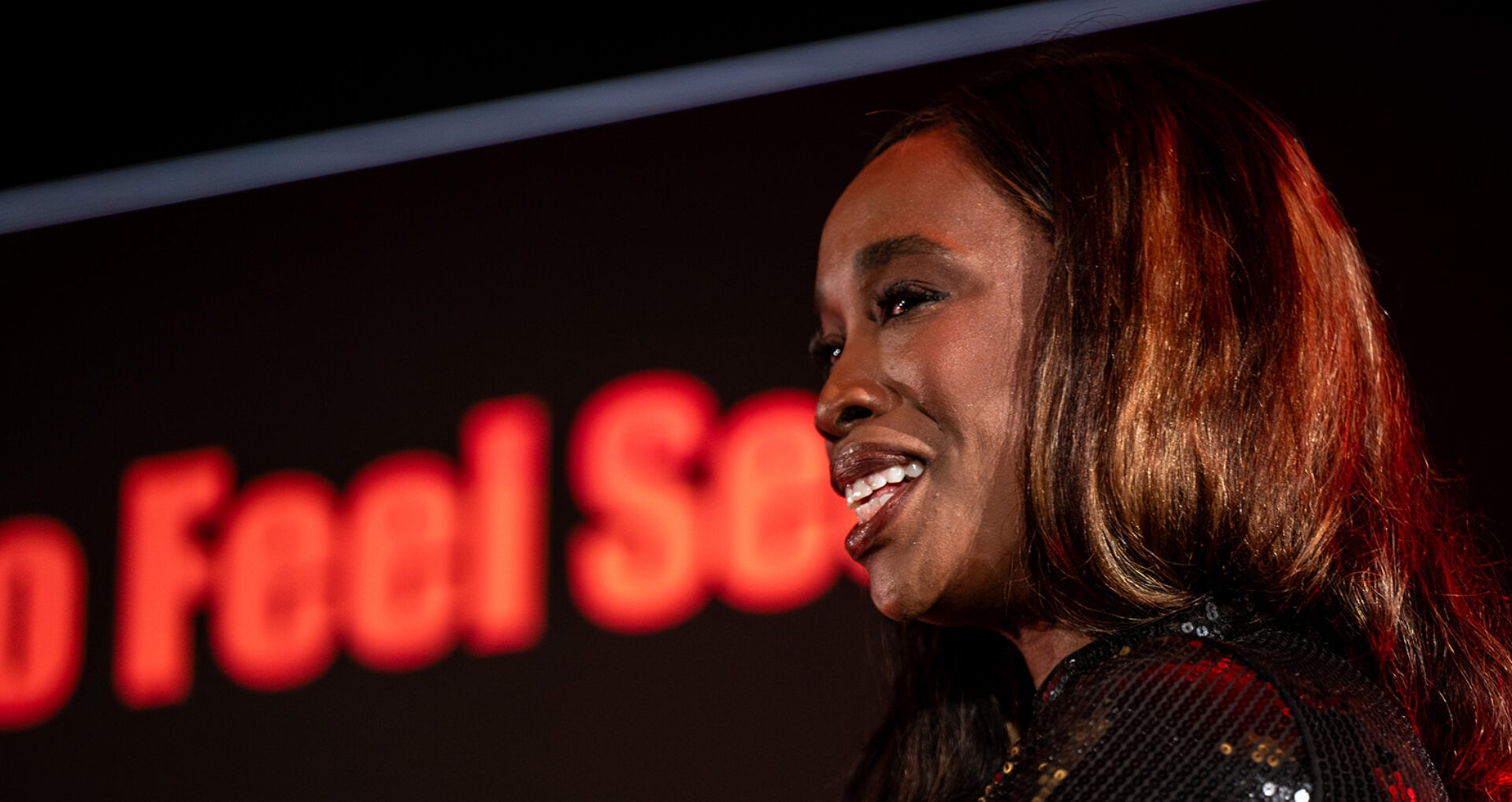At this year’s NeoCon, the theme Design Ahead wasn’t just a prompt — it was a challenge. And no one embodied that challenge more powerfully than Annie Jean-Baptiste, Google’s Director of Products for All and author of Building for Everyone. Her keynote, on designing for global innovation, unfolded as both an invitation and a provocation: to rethink the design process from the margins inward, and to recognize inclusion not as a constraint, but as a catalyst for creativity.
From the moment she took the stage, Jean-Baptiste set the tone for a thought-provoking conversation. “Design is the undercurrent of our lives,” she said. But how often is that current shaped by only a narrow view? She reminded the audience that innovation doesn’t begin with what we know — it begins with what we’ve yet to see, with the voices still missing from the room.
“We have to keep asking: Who else?” Jean-Baptiste said. “Who isn’t here yet? Whose story hasn’t been told?”
This refrain echoed throughout her talk — part call to action, part roadmap. For Jean-Baptiste, the most groundbreaking design begins not at the center but at the edges. “When you build for the margins, you get the center for free,” she said.” Because inclusive design uplifts everyone.”

As the leader behind Google’s inclusive product design efforts, Jean-Baptiste knows firsthand how small shifts in thinking can unlock exponential impact. She shared stories of seemingly minor changes — adjusting language, expanding accessibility options, rethinking the default, having access to a band aid that exactly matches your skin color — that ultimately led to broader, more resonant products. It’s about moving, as she put it, “from compliance to delight.” When we design around the default, she explained, the result is very narrow. Instead, designers should broaden their idea of the target customer or audience — and give users more choice.
In her world, form no longer follows function — it follows feeling. “The future of design,” she said, “is emotional. It’s relational. It’s holistic.” She cited designer and technologist John Maeda, who sees planning and making not as separate steps, but as a single motion. Improvisation, Jean-Baptiste added, “isn’t a flaw in the process — it is the process.”
What does that look like in practice? It means co-creating with the communities you’re trying to serve. It means making space for discomfort, stepping outside what’s familiar, and embracing the unknown. “We don’t know everything — and that’s okay,” she said. “Out of your comfort zone is where new perspectives live.”
Jean-Baptiste’s keynote wasn’t just about strategy — it was about mindset. “Holistic is majestic,” she declared, drawing laughter and nods across the room. To think in silos, she cautioned, is to build in silos. But to build for humanity in all its complexity — to account for the “meltable dimensions” of identity, culture, ability, and experience — is to create design that lasts.
She closed where she began — with that simple, powerful question: Who else? It’s a question that applies to every stage of the design process, from the first sketch to the final reveal. And it’s a reminder that great design doesn’t speak for people — it speaks with them.






